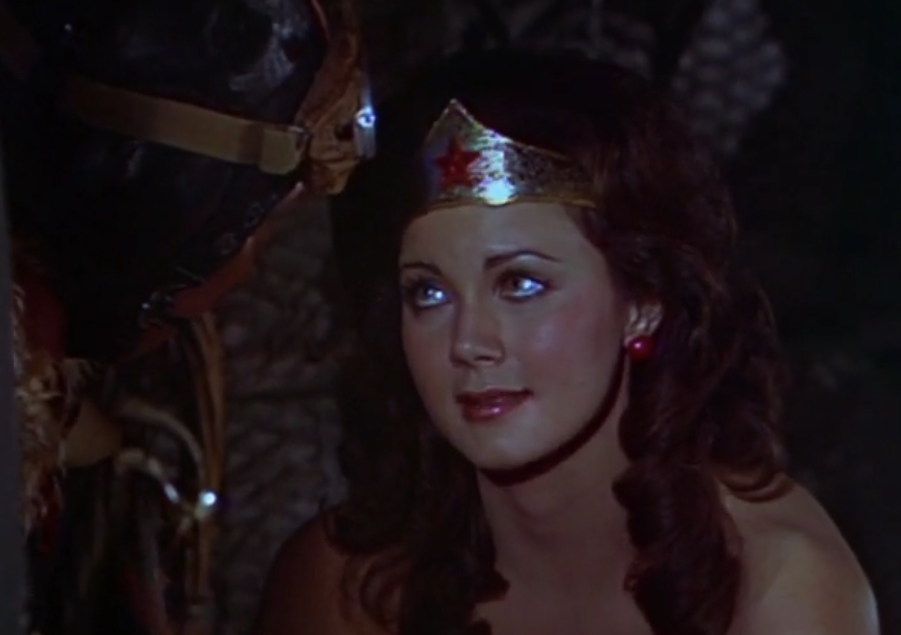
Historically, this can be seen as being embodied in, for example, the opposition between the collage work of Kurt Schwitters and the montage work of John Heartfield.


He outlines its materials as much as he points to the dialectic of montage esthetics: to range from a meditative contemplation of reification to a powerful propaganda tool for mass agitation. In a highly condensed form, Grosz charts the terrain of montage as well as its allegorical methods of confiscation, superimposition, and fragmentation. On a piece of cardboard, we pasted a mishmash of advertisements for hernia belts, student songbooks, and dogfood, labels from Schnaps and wine bottles and photographs from picture papers, cut up at will, in such a way as to say in pictures, what would have been banned by the censors if we had said it in words.” 2 we had no idea of the immense possibilities or of the thorny but successful career that awaited the new invention.

“In 1916, when Johnny Heartfield and I invented photomontage. FROM THE VERY moment of its inception, it seems that the inventors of the strategy of montage 1 were aware of its inherently allegorical nature: “to speak publicly with hidden meaning,” in response to the prohibition of public speech.


 0 kommentar(er)
0 kommentar(er)
